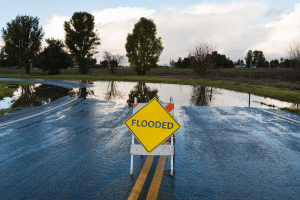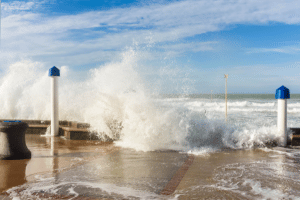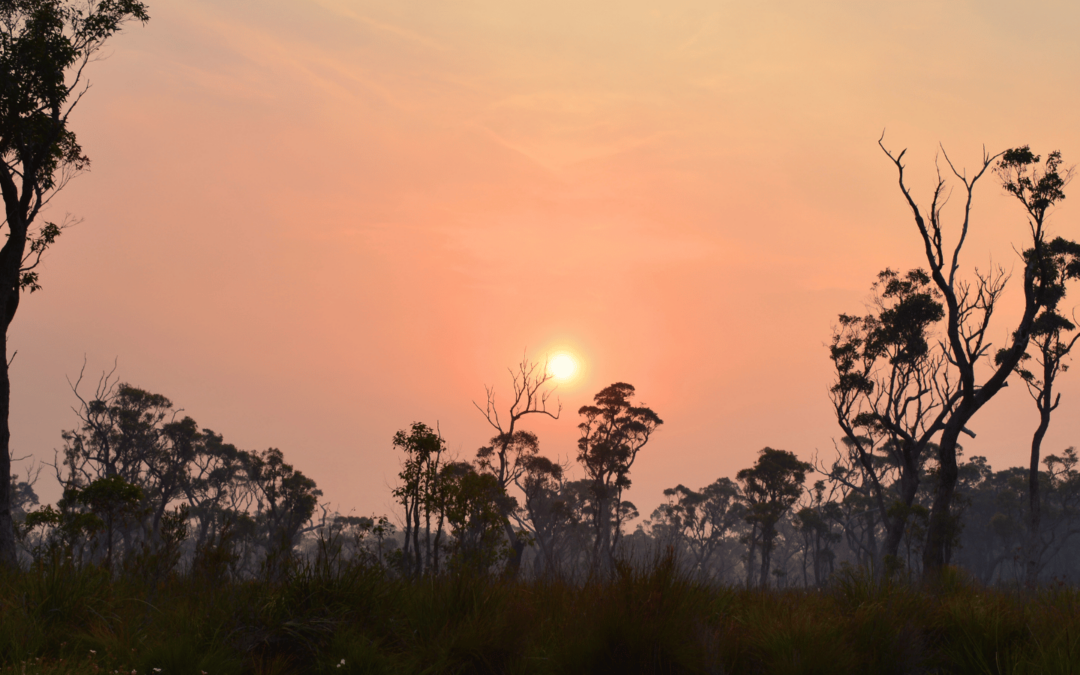
How to Develop a Comprehensive Wildfire Risk Rating for Properties
The Australian 2019/2020 bushfire season is one of the world’s worst in recent memory. It began in November 2019 in New South Wales and spread across Victoria, Western Australia, South Australia, and the Australian Capital Territory. The extensive fires, fueled by high temperatures and prolonged dry conditions, led to widespread devastation, with a number of lives lost, thousands of homes destroyed or damaged and billions of dollars worth of agricultural damage.
Australia frequently experiences both bushfires and grass fires.
These fires are a natural and integral part of Australia’s environment. Many Australian plants and animals have evolved to not only survive but also benefit from the effects of fire, with some flora depending on fire to assist in its reproduction and growth.
According to Australia State of the Environment 2021, bushfires include all types of fires in the bush – prescribed burns for weed control, cultural burns, fuel reduction burns and wildfires.
Wildfires are bushfires that are out of control, whether they are managed fires that have escaped control or fires that were not deliberately lit.
With the increasing prevalence of bushfires and wildfires globally, assessing the risk they pose to people, properties and infrastructure has become more critical than ever.
Steps to Develop a Wildfire Score Rating
A Wildfire Risk Rating score provides a quantifiable measure of this risk, guiding governments, financial institutions, insurance companies, homeowners, developers and buyers in making informed decisions.
Here we’ll outline a high-level structured approach to developing a comprehensive wildfire risk rating for properties.
1. Defining scoring criteria and scale
Firstly, we establish a scoring scale, typically from 1 (lowest risk) to 5 or 10 (highest risk). It’s important to define clear criteria that contribute to bushfire or wildfire risk, ensuring a comprehensive evaluation.
Location and topography
Proximity to fire-prone areas and the property’s topography can significantly influence risk levels.
Tools like Archistar have features to determine if your site is in a bushfire-prone zone. With built-in bushfire layers, Archistar can provide accurate and reliable data.
Vegetation and landscaping
The type and maintenance of vegetation around a property are crucial, as some plants are more flammable than others.Australia’s unique geography and climate makes it prone to bushfires. In Australia, hazard reduction burns or prescribed burns are controlled fires undertaken by fire agencies, land managers or by rural landholders to remove vegetation. These are often conducted ahead of the warmer summer months as a means of mitigating the impact of bushfires and reducing fire risks.
Examples include Forest Fire Management Victoria Reducing Bushfire Risk program and the ACT Government’s Fire Management Policies and Plans aim to reduce the risk of bushfires.
Climate and weather patterns
Weather is a key driver of bushfire ignitions, with a number of factors affecting wildfire activity. Many factors contribute to fire weather, such as a lack of rainfall in the lead-up period, low humidity, strong winds and high temperatures, which all contribute to fire risk on any given day. They can also increase moisture stress on vegetation in the lead-up period.
Local climate, current and historical weather patterns, including wind conditions and drought frequency, are critical considerations in the development of a Wildfire Risk Rating.
Historical wildfire data
Historical wildfire data is important because understanding past wildfire occurrences in the area helps predict future risks.
There is a range of open data sources for historical bushfire data. In Australia, the Australian Government shares a range of bushfire related datasets on data.gov.au and University of NSW shares 100 Years of Bushfire Data.This type of data, combined with other data sets conveniently accessible from the one location, the Snowflake Marketplace, can help to develop a fuller picture about historical wildfire in specific areas. For example:
Access and infrastructure
Good access for firefighters and robust utility infrastructure are important for fire response and prevention.
Community firefighting capabilities
The effectiveness of local fire services and community preparedness is a significant factor. All Australian states and territories recommend or have a community protection, bushfire management or bushfire survival plans.
- Australian Capital Territory: Strategic Bushfire Management Plan
- New South Wales: NSW Rural Fire Service Community Protection Plans
- Queensland: Queensland Fire and Emergency Bushfire Planning
- Victoria: CFA VIC Your Bushfire Plan and Emergency Management Victoria Bushfire Shelter Options
- South Australia: CFA Bushfire Survival Plan and Fire management planning in SA parks
- Tasmania: Tasmania Fire Service Bushfire Protection Plans
- Northern Territory: Property bushfire management and survival plans
- Western Australia: DFES Bushfire Prepare
3. Data collection and analysis
Gathering relevant data, such as GIS mapping, climate data, and historical fire records, is the next step.
The Proptech Cloud curates a range of useful datasets available on Snowflake Marketplace to make this process easier.
Analysing this data allows us to assign a sub-score to each factor based on our scale.
4. Assigning weights to each factor and calculating the overall score
Each factor is assigned a weight according to its impact on bushfire risk.
This step is essential to ensure that more critical factors have a greater influence on the overall score.
By combining these sub-scores and considering their respective weights, we calculate the property’s overall Wildfire Risk Rating.
5. Validation and adjustment
It’s important to validate the scoring system against historical bush and wildfire incidents and expert opinions, adjusting it as necessary for accuracy and reliability.
6. Regular updates
As environmental conditions and land use change, it’s important to regularly update the scoring system to maintain its relevance and accuracy.
The Role of Wildfire Risk Rating
A well-structured wildfire risk rating is an invaluable tool, helping property stakeholders to understand, assess, and mitigate the risks posed by bushfires. By adopting this methodical approach, we can enhance our preparedness and response to this growing environmental threat.
Subscribe to our newsletter
Subscribe to receive the latest blogs and data listings direct to your inbox.

